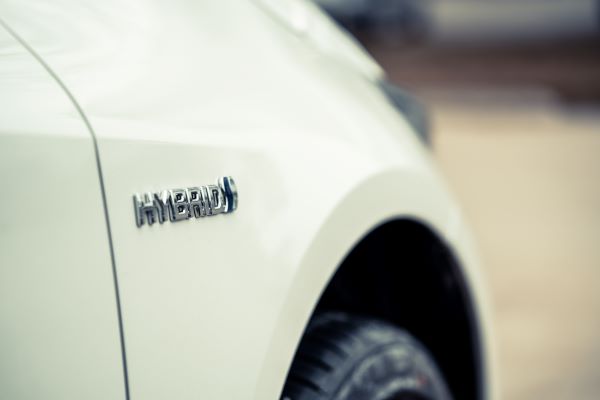
Driving a hybrid car can save you thousands of dollars in fuel costs over the years, especially when you put your vehicle to use for road trips and other long drives. These cars are known as “hybrids” because they are neither purely gas-powered nor purely electric. Instead, they make use of an internal combustion engine to do some of the work and to charge an electric battery. When the car is idling or on long drives, or whenever else it can effectively do so, this battery activates, taking overpowering the vehicle. This greatly increases the car’s fuel economy and dramatically cuts down on the need for gasoline.
Most of the time, this hybrid method of running an engine works marvelously. However, occasionally, hybrid battery issues arise, and you need to solve them in order to keep on driving your car. Replacing a hybrid battery can be an expensive prospect, so it’s important that you maintain your hybrid battery as well as possible.
Below are five of the most common issues that hybrid batteries face and what you can do to solve them.
1. Battery Is Not Recharging
The internal combustion engine of your hybrid car should constantly be recharging the battery. Indeed, that’s the whole principle behind hybrid cars: as you drive or as the car idles, it will charge the battery, which can then take over operating the car’s functions when necessary.
If it seems like the battery isn’t charging, it may be because your battery is dying and may need to be replaced. However, a new battery can cost thousands of dollars, so it’s a good idea to have an inspection done first. It’s possible that you may only need to have one of the battery’s components replaced, as opposed to the entire thing. This is certainly a less expensive prospect.
2. Battery Is Not Holding a Charge
It’s possible your car battery is charging just fine, but after a short while it is back to being low in power. Perhaps you can drive for a while, only to notice the red triangle alert coming on at inconvenient times. The last thing you want is for your battery to suddenly lose its charge when you need it, potentially leaving you stranded on the side of the road.
If it seems that your battery will charge properly, but not hold that charge, there are several possible reasons for this. It could be as simple as a poor connection between the battery cables and the battery itself, in which case you simply need to have those cables cleaned. It could also be that an appliance is plugged in somewhere and is draining all the power away from the battery. You should check to make sure this isn’t the case.
It may also be due to a more serious problem, such as a bad alternator, in which case it’s possible your battery is nearing the end of its life and may need to be replaced.
3. State of Charge (SOC) Is Inconsistent
The state of charge, or SOC, is the amount of power your battery is able to supply at a given moment. So while the battery may be charging fine and may be holding a charge well enough, it may not actually be able to supply power effectively to the vehicle itself. This can lead to a state of charge that is inconsistent with the actual level of power in the battery.
If you note that the SOC doesn’t seem to be consistent, the first thing you should take note of is whether you are running anything that may prematurely drain the battery. For example, running the air conditioning while idling can drain your battery fairly quickly. Leaving lights on or appliances running can have the same effect. If this is the case, it means that there’s actually nothing wrong with your battery. You just need to turn off these extra features unless your car is actually driving.
4. Battery Is Running Too Hot
One of the symbols on your dashboard may indicate that your battery is overheating. If this symbol comes on, it means that your car is experiencing one of the most common hybrid battery issues: the battery is running too hot. There can be several causes for this. The first, and most obvious, is that the outside temperature is simply getting too hot for your battery to handle. If that’s the case, you may need to attempt to avoid driving during the hottest days of the year.
Extremely cold outdoor temperatures can also, paradoxically, cause your battery to run too hot, as everything tends to become more sluggish when it’s cold. This, in turn, causes your battery to have to work extra hard to keep everything running properly. Once again, simply avoiding driving when it’s extremely cold outside is your best option.
5. Voltage Is Too Low
If the voltage in your battery is reading that it’s too low, it can be a sign of several problems. Like some of the problems mentioned above, it can simply be due to a poor connection between the charge cables, which can be fixed by a professional cleaning. It may also be caused by a problem with the battery computer; this, of course, also requires maintenance.
Sometimes, when your battery seems to be weakening, it can simply be because the battery is nearing the end of its useful life. The fact is that hybrid batteries don’t last forever and will eventually need to be replaced. You can, however, extend the life of your battery by ensuring that your vehicle gets regular maintenance. The best way to be sure your hybrid car gets the care it needs is by purchasing an extended maintenance plan, offered by Beaverton Toyota in Oregon. This plan covers regular maintenance as well as roadside assistance and can ensure that your Toyota hybrid battery lasts as long as possible.
